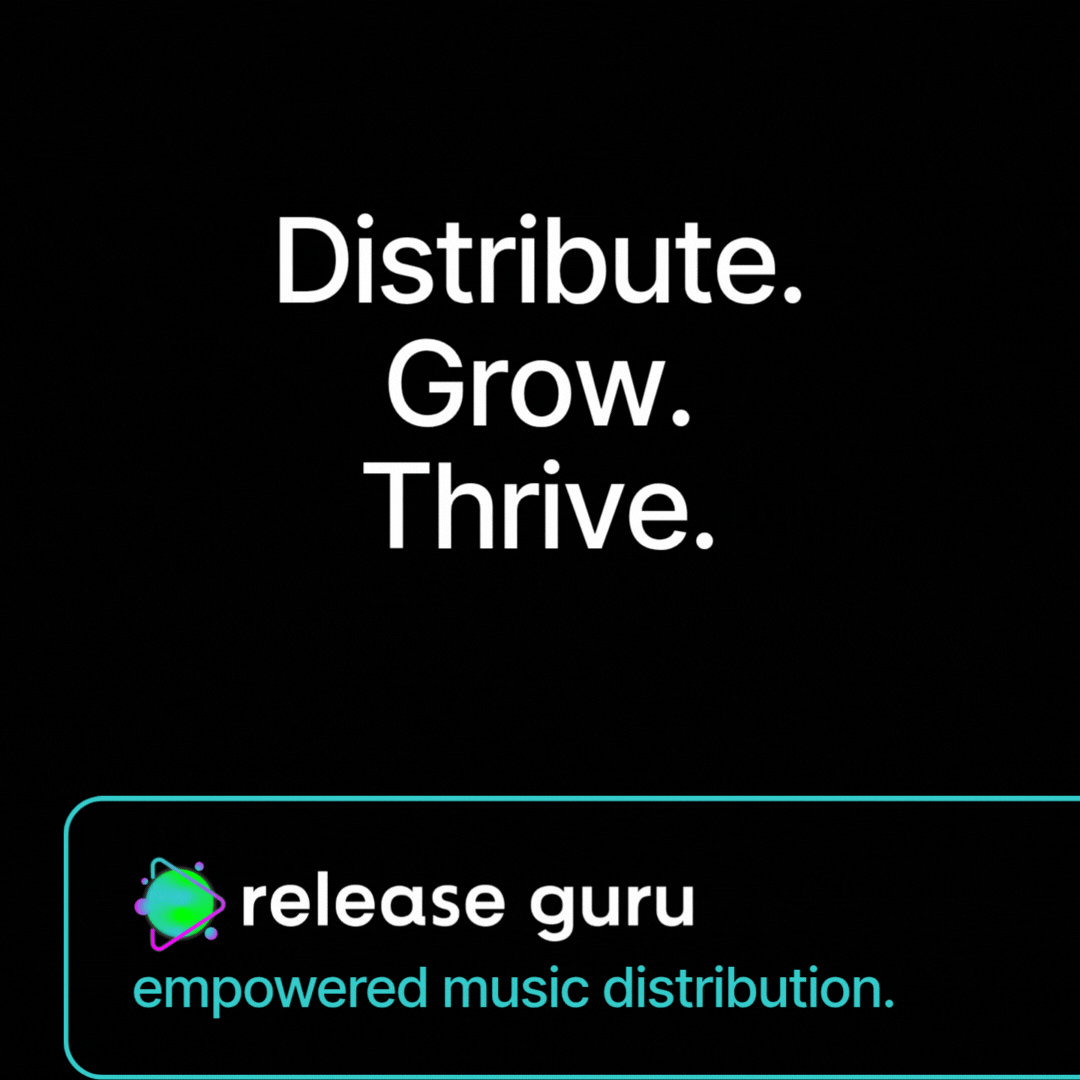>The Battle for Attention: How Advertisers Shape Content
In today’s hyper-connected world, where information is both abundant and fleeting, the battle for consumer attention has intensified to a fever pitch. Advertisers, armed with sophisticated data analytics and targeting techniques, have become influential architects of the media landscape, shaping content in ways that charm audiences and assert unmatched influence. As we delve into the second installment of the “Corporate Conflicts: Navigating Media Influence” series, we examine how this battle for attention drives content creation, raising important questions about integrity, authenticity, and the role of media in society.
The primary goal of advertising has always been to capture and hold attention long enough to inspire consumer action. But the methods have evolved with technological advancements, transforming how content is funded, designed, and delivered. The result is a media environment where traditional boundaries between content and commerce are increasingly blurred, giving rise to a new breed of content that entertains, engages, and embroiled with subtle promotional intent.
Sponsored content, native advertising, and brand storytelling are some of the vehicles through which advertisers assert their influence. These formats integrate brand messages into editorial contexts, blending seamlessly with surrounding content to maintain audience engagement. For example, a beautifully crafted article about culinary travel could be, in fact, a subtle endorsement of a cookware brand. Such content carefully balances relevance and persuasion, encouraging audiences to embrace narratives that resonate with lifestyles, preferences, and aspirations.
Yet, while this form of advertising offers a non-disruptive user experience, it poses significant ethical dilemmas. The indistinguishability of advertorial from genuine journalism risks deception, potentially luring audiences into a crafted reality skewed by commercial interests rather than unalloyed truth. It challenges the foundational journalistic ideals of transparency and independence, raising concerns about whether media organizations can maintain these principles in the face of mounting profit pressures.
Moreover, as advertisers shape content to align with lucrative demographics, less commercially appealing topics may be marginalized. Investigative reporting and niche interests, which often lack the mass appeal sought by advertisers, struggle for visibility in a marketplace dominated by quick consumption and virality. The consequences are tangible, constraining diverse perspectives and informed dialogue crucial for a vibrant public sphere.
To counterbalance the disproportionate sway advertisers wield over content, multiple strategies could safeguard journalistic integrity while satisfying commercial imperatives:
- Clear Disclosure: Media organizations must ensure transparency by clearly labeling sponsored content and native advertising. Honest and conspicuous disclosures enable audiences to differentiate between editorial and promotional material, upholding trust and accountability.
- Diverse Revenue Streams: Reducing dependency on advertising by cultivating alternative revenue sources—such as subscription fees, membership models, and grants—provides media organizations greater editorial independence. Diverse funding allows outlets to invest in varied and courageous journalism.
- Editorial Safeguards: Establishing and enforcing strict editorial guidelines to separate content creation from advertising imperatives can protect journalistic integrity. Distinct operational boundaries empower journalists to pursue robust and meaningful stories free from commercial influence.
- Enhanced Media Literacy: Developing media literacy among audiences deepens understanding of how advertising influences content. Empowered consumers can critically assess media narratives, supporting outlets that align with authentic, ethical practices.
- Balancing Innovation and Integrity: Brands and media organizations should seek creative collaborations that value storytelling without compromising journalistic standards. When executed with transparency and intentionality, these narratives can engage audiences while maintaining quality and accuracy.
As we continue the “Corporate Conflicts: Navigating Media Influence” series, the interplay between advertisers and content creators emerges as a defining issue in the modern media landscape. The challenge extends beyond merely capturing attention—to ensuring how that attention serves constructive, enlightening purposes. By rekindling commitments to ethical standards, transparency, and public trust, the media industry can navigate this complex terrain to foster informative, compelling content that speaks to both individual preferences and collective societal needs.










